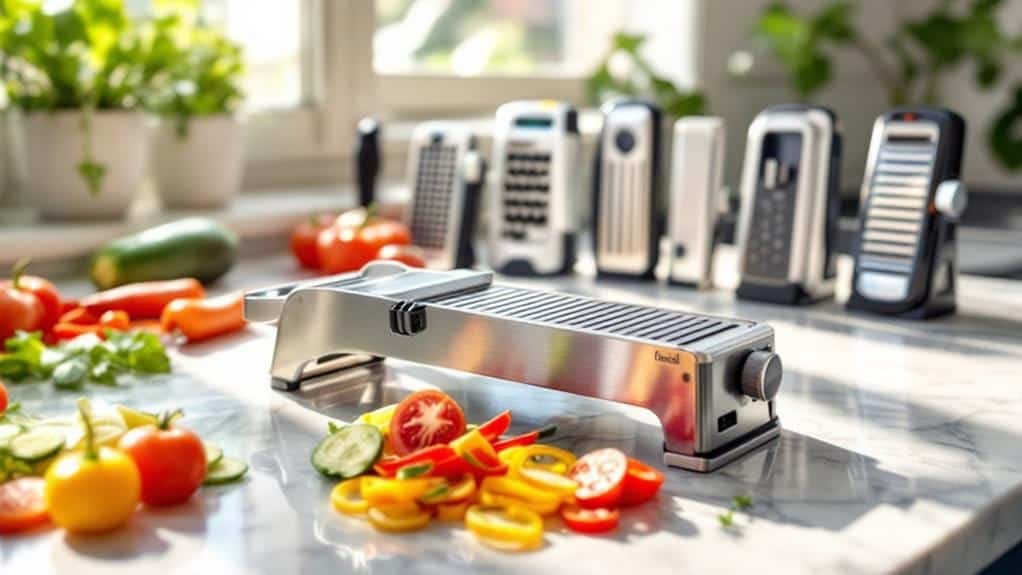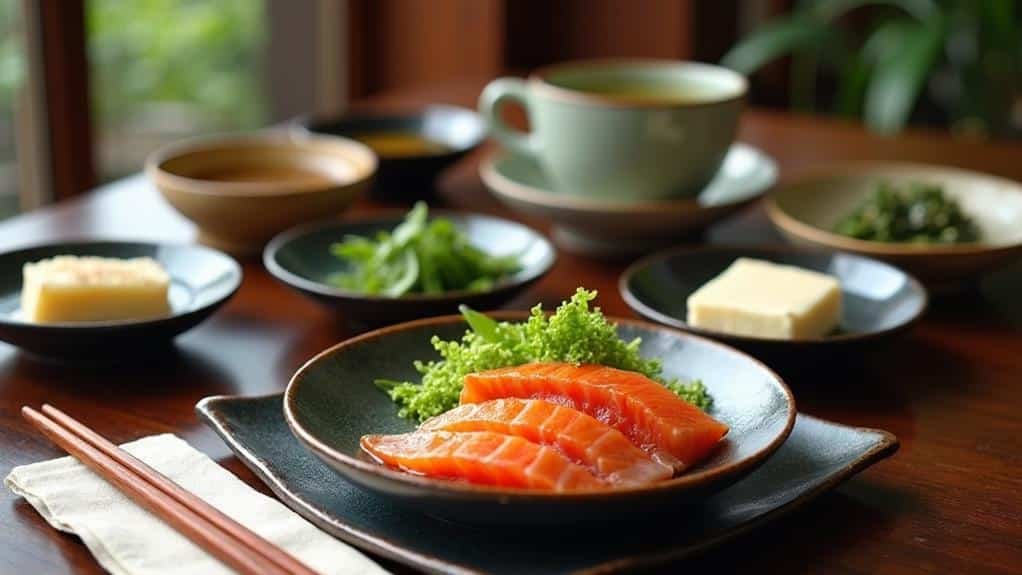Do you love Chinese food but need to manage your blood sugar? You’re in the right place! We’ve gathered an amazing collection of diabetic-friendly Chinese meals that are super tasty and good for you. From savory steamed dumplings to vibrant chicken lettuce wraps, these dishes let you enjoy your cravings without compromising your health. Join us on a flavorful journey through healthy Chinese cooking, complete with smart tips on ingredients, meal prep, and delicious adjustments for your dietary needs.
What Light Chinese Dishes Can a Diabetic Eat?
Many Chinese dishes can be enjoyed by someone managing diabetes. The key is choosing lighter options that are lower in carbohydrates and sugars, and higher in lean protein, fiber, and healthy fats. Think fresh vegetables, lean meats, and smart cooking methods.
Why Choose Diabetic-Friendly Chinese Meals?
Choosing diabetic-friendly Chinese meals isn’t about sacrificing flavor; it’s about making wise choices that support your health. Chinese cuisine is incredibly diverse, offering many dishes that can be easily adapted. These meals are beneficial because they:
- Help manage blood sugar: Focusing on low-glycemic ingredients can help keep blood sugar levels stable.
- They are packed with nutrients: Many traditional Chinese dishes feature a bounty of fresh vegetables and lean proteins, providing essential vitamins, minerals, and fiber.
- Offer satisfying flavors: With mindful preparation and ingredient swaps, you can still enjoy the rich, complex, and varied tastes of Chinese food.
Top Low-Glycemic Ingredients in Chinese Cooking
When preparing diabetic-friendly Chinese meals, picking ingredients that won’t cause a rapid spike in blood sugar is super important. Here are some excellent choices:
Healthy Oils: Use sesame or olive oil sparingly for flavor. For stir-frying, opt for cooking sprays or small amounts of neutral oils.
Vegetables: Broccoli, bok choy, bell peppers, snow peas, mushrooms, cabbage, and spinach are all low in calories and rich in vitamins and minerals.
Protein Options: Lean meats like chicken breast, fish (like cod or salmon), and plant-based proteins such as tofu, edamame, and lentils provide essential nutrients and help you feel full without impacting blood sugar.
Whole Grains: Swap out white rice for brown, black, or quinoa. You can also use mung bean noodles or soba (buckwheat) noodles, which offer more fiber, nutrients, and a lower glycemic index than refined white noodles.
Cooking Techniques for Healthier Chinese Dishes
How you cook your Chinese meals can make a big difference in their health. Here are a few techniques to keep in mind:
Boiling/Broth-Based: Ideal for soups and broths, this method enhances the taste of vegetables and lean meats, creating light yet satisfying meals.
Steaming: This popular method helps lock in nutrients without adding fats. Think steamed fish or dumplings.
Stir-Frying: Quick cooking at high heat means using less oil while still getting amazing flavor from your ingredients. Focus on plenty of vegetables and lean proteins.
What Chinese food is low-glycemic?
Many delicious Chinese dishes naturally have a low glycemic impact or can be easily modified to be so. Here are some examples:
Mung Bean Noodles: These noodles have a significantly lower glycemic index than wheat or rice noodles.
Egg Drop Soup: A light, flavorful soup with minimal carbs.
Tofu with Vegetables: A versatile dish that can be stir-fried or braised with abundant non-starchy vegetables.
Moo Goo Gai Pan: Typically features sliced chicken and mushrooms with other vegetables in a light sauce.
Steamed Fish with Ginger and Scallions: A simple, elegant, and healthy preparation.
Chicken or Shrimp with Broccoli/Snow Peas: Focus on the protein and vegetable content with minimal sauce.
Tips for Dining Out on a Diabetic-Friendly Diet
Enjoying low-glycemic Chinese cuisine at a restaurant is doable with these smart tips:
- Ask for sauces on the side. This allows you to control the amount used, helping manage sugar and sodium levels.
- Choose steamed or boiled options: Look for dishes prepared without heavy, sugary sauces or deep-frying.
- Share dishes: Portion control is key! Sharing allows you to try different flavors without overindulging.
- Opt for brown rice or skip rice: If brown rice is available, choose it over white rice. Otherwise, consider eating a smaller white rice or focusing on the main dish.
- Load up on vegetables: Ask for extra steamed vegetables with your meal.
Exploring Popular Diabetic-Friendly Chinese Dishes
Now that we’ve covered ingredients and cooking techniques, let’s look at some popular diabetic-friendly dishes you can make or order:
- Steamed Dumplings: Filled with lean protein and vegetables, these are a fantastic light starter. Look for versions with thin wrappers or make your own with whole wheat flour.
- Stir-Fried Tofu with Vegetables: A satisfying and filling meal, packed with plant-based protein and fiber. Adjust the sauce to be low-sugar and low-sodium.
- Chicken Lettuce Wraps are a fun, interactive dish that naturally helps with portion control. They use lean ground chicken or turkey and plenty of crunchy vegetables.
- Baked Fish with Ginger and Soy: This offers fresh flavor without excess calories or unhealthy fats.
These meals cater to dietary restrictions and celebrate the incredible diversity of flavors within Chinese cuisine.
Check out these delicious recipes from The Lunch Pro for more inspiration:
- Amazing Diabetic-Friendly Steamed Dumplings! Don’t forget to check out our roundup of the 5 Best Bamboo Steamers for perfect results!
- Crisp & Refreshing Cabbage Salad
- Quick & Healthy Broccoli, Tomato, Garlic & Pepper Stir-Fry
- Garlic Shrimp and Pea Pod Delight
Takeaways
- Chinese cuisine offers tasty and healthy options for diabetics.
- Manage blood sugar effectively with a balanced and nutritious diet.
- Lean proteins and low-carb veggies provide flavourful and satisfying meals.
- Steamed dumplings, fresh salads, tofu stir-fry, and baked fish fillets are great alternatives to high-carb Chinese dishes.
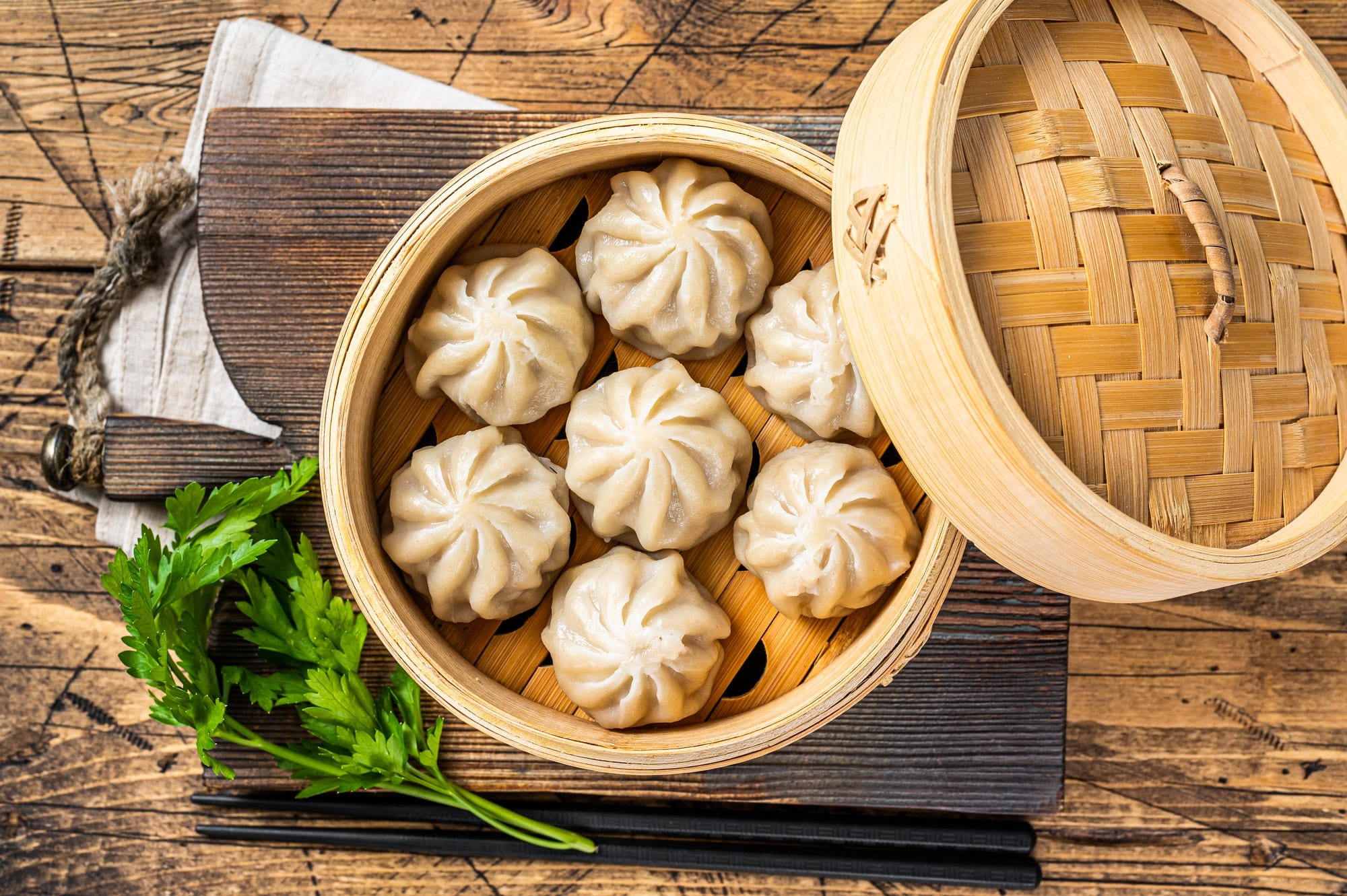
Steamed Dumplings With Lean Protein
Ingredients
Equipment
- 1 bamboo steamer Read our picks of the top bamboo steamers
Method
- In a bowl, Mix ground turkey or chicken with ginger, garlic, and scallions
- Season with low sodium soy sauce and a dash of sesame oil.
- Wrap the filling in thin dough or wonton wrappers
- Steam until cooked through.
Tried this recipe?
Let us know how it was!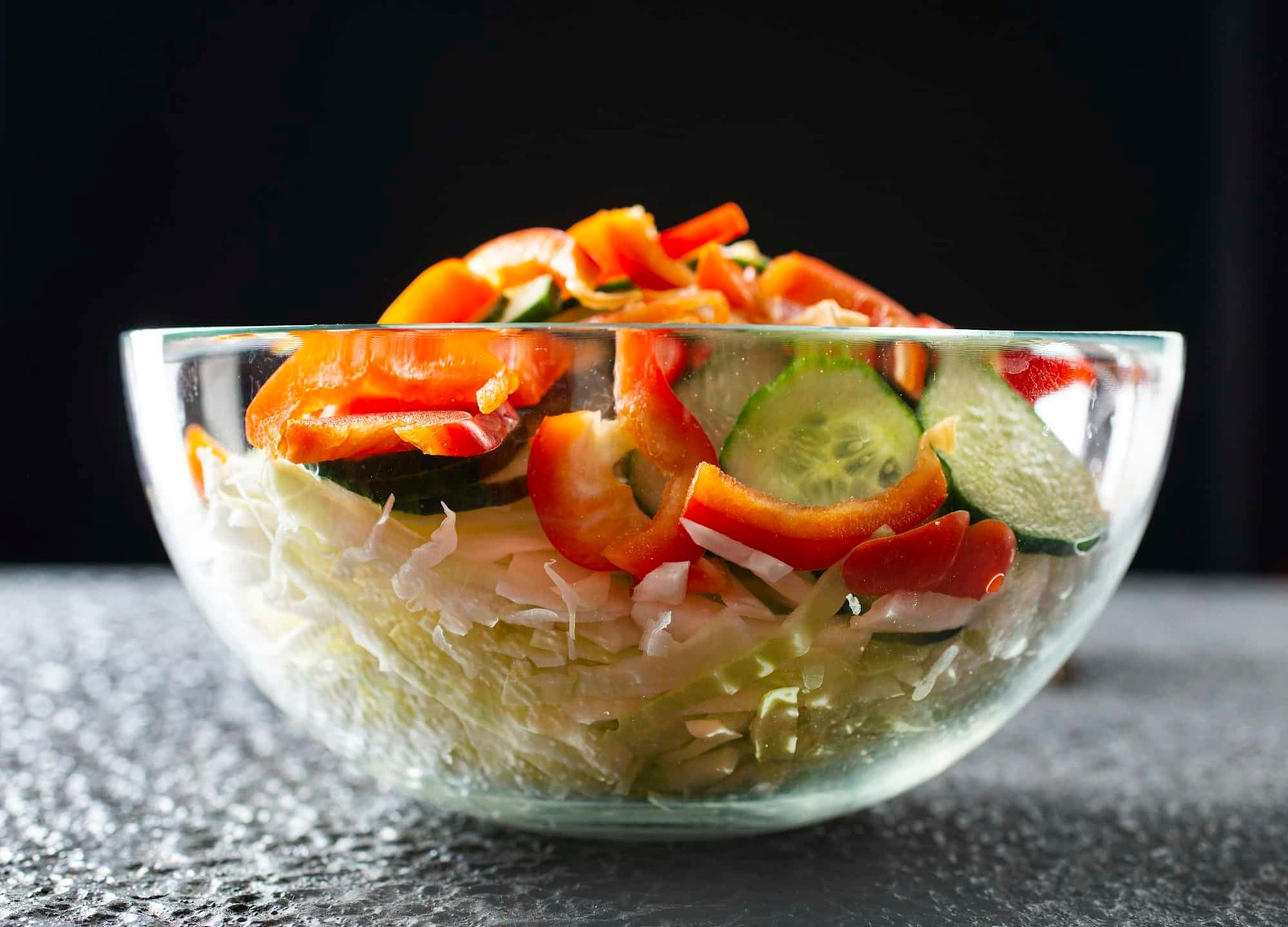
Fresh and Crunchy Chinese Salad
Method
- Toss together shredded cabbage, carrots, bell peppers, and cucumbers
- Mix dressing ingredients: soy sauce, rice vinegar, sesame oil, garlic, and ginger
- Combine dressing with veggies.
Nutrition
Tried this recipe?
Let us know how it was!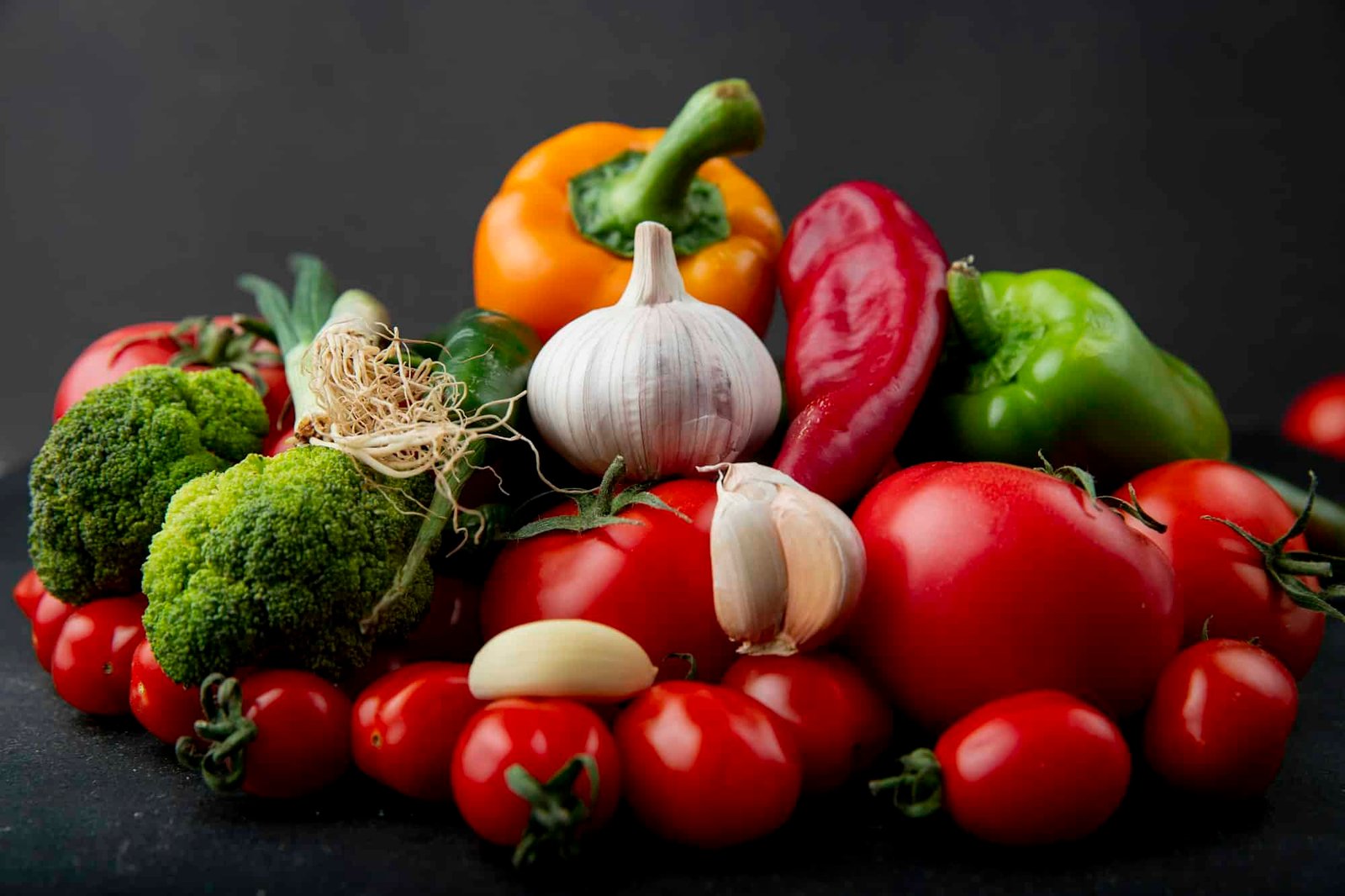
Garlic Ginger Broccoli: An Asian Delight
Ingredients
Method
- Steam broccoli until tender-crisp.
- Sauté garlic and ginger in olive oil.
- Toss broccoli with garlic and ginger.
Nutrition
Tried this recipe?
Let us know how it was!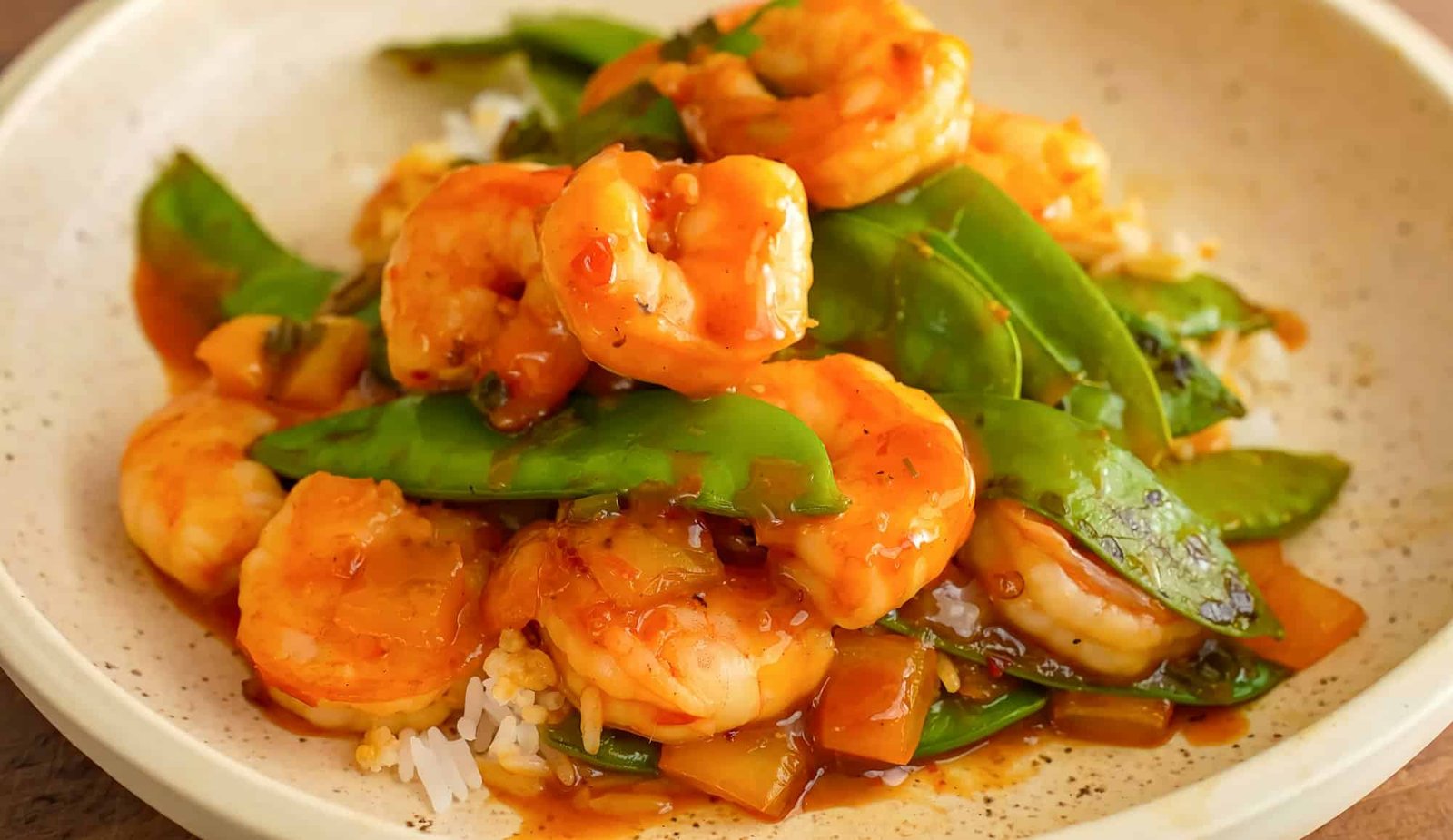
Citrus-infused Shrimp and Snow Peas
Ingredients
Equipment
- 1 Wok or large skillet for stir-frying
- 1 Wooden spoon or spatula for stirring
- 1 cutting board For preparing snow peas
- 1 Knife For removing strings from snow peas
- Measuring spoons for lemon juice/Mrs. Dash and soy sauce
- 1 Colander or strainer For washing snow peas
- 1 Small bowl Optional, for mixing the lemon juice and soy sauce
Method
- stir fry shrimp and snow peas with citrus juice and soy sauce.
Notes
Tried this recipe?
Let us know how it was!Diabetic-Friendly Chinese Meals FAQ
Can I use Tofu instead of Lean Protein in the Steamed Dumplings?
Tofu is an excellent, protein-rich, and versatile alternative to meat in steamed dumplings. It’s a staple in many Asian diets, celebrated for its ability to absorb flavors.
Can I add extra crunch to the Chinese Salad?
For a delightful texture, try adding a handful of nuts, such as almonds or cashews, or some sesame seeds, to your Chinese salad. According to Merriam-Webster, ‘crunch’ describes the “sound or sensation of something being crushed or broken,” which perfectly captures the satisfying texture these additions provide.
Conclusion
Diabetic-friendly Chinese meals are not only possible but can also be incredibly satisfying and delicious. By focusing on low-glycemic ingredients, healthy cooking techniques, and mindful dining practices, you can enjoy the rich flavours of Chinese cuisine while keeping your blood sugar levels stable. Explore new recipes, make adjustments to traditional dishes, and don’t hesitate to experiment with various ingredients to find what suits your palate best.

